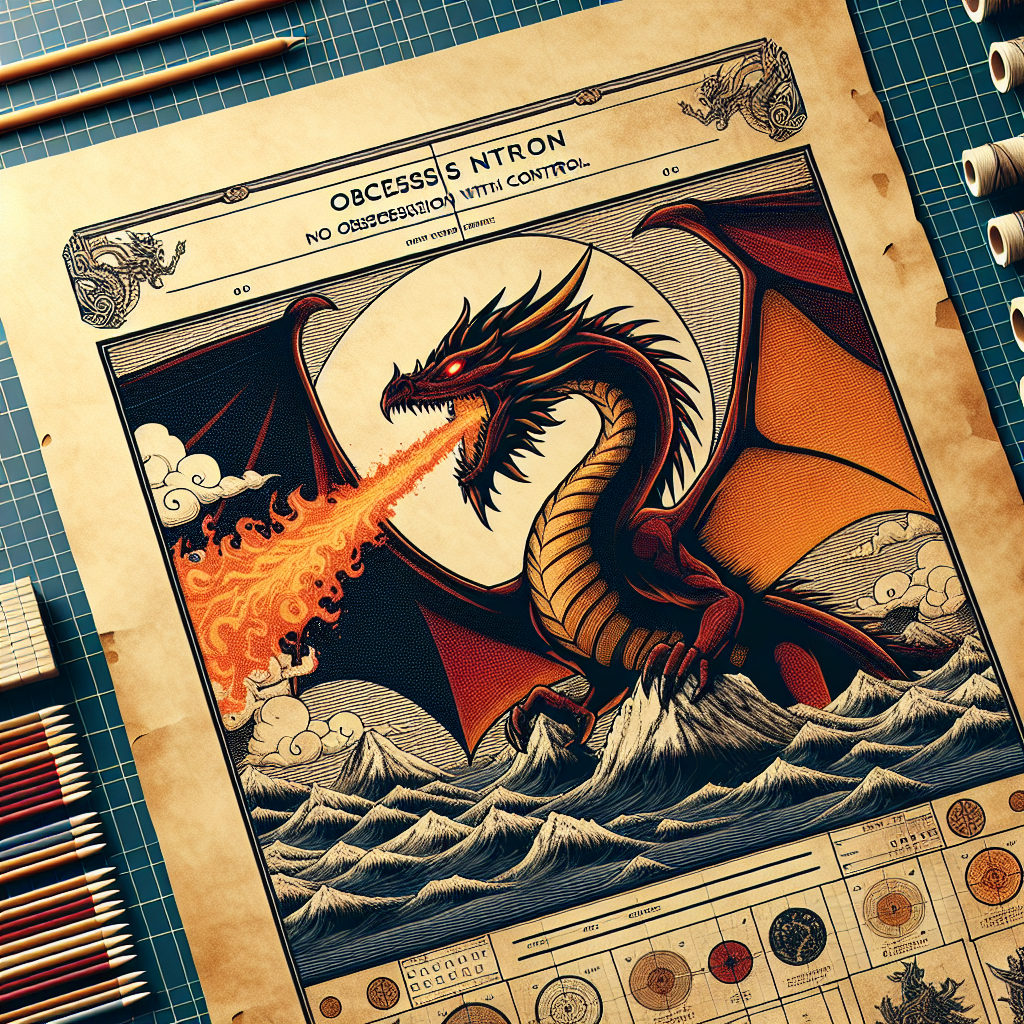The Mystique of the Red-Eyed Dragon
Imagine wandering into an enthralling world where legends breathe, and fire-breathing dragons roam the skies with eyes ablaze in brilliant red. The Dragon with Red Eyes is a fascinating tale that intertwines with both mythological and scientific threads, captivating the imaginations of people across cultures and time. While dragons may not have existed in the literal sense, their significance and the curiosity they fuel remain vibrant even today.
A Crossroads of Myth and Reality
For centuries, the concept of dragons has been etched into the folklore of various civilizations, from the sinuous river-dragons of Chinese mythology to the fearsome beasts of European legends. But what specifically draws us to red-eyed dragons? Historically, red has often symbolized power, danger, and even forbidden knowledge—a fitting emblem for creatures imagined as both protectors and destroyers.
Scientific inquiry into the myths surrounding dragons has uncovered fascinating insights into human psychology and the art of storytelling. It postulates that dragon legends emerged as amalgamations of various real-world creatures, fossils, and human fears. In Asian folklore, for instance, the dragon is often a benevolent creature, associated with rain and fertility. Conversely, in the West, dragons frequently figure as adversaries to be vanquished, perhaps reflecting the human struggle against nature's capricious and untamed aspects.
The Genesis of Red-Eyed Dragons
Why do so many tales feature dragons with fiery red eyes? This particular element could stem from countless sources. Primarily, the color red is universally associated with fiery passion, intensity, and a vivid presence that commands attention. In the scientific realm, red-eyed creatures appear in nature, with some amphibians and reptiles exhibiting this coloration as a defense mechanism or for mating. This natural phenomenon could lend an intriguing layer to dragon lore, bridging our world with the fictional.
Researchers who study the representation of monsters in human culture suggest that red eyes are used to symbolize otherworldliness or malevolence. Figures with red eyes often denote a crossing into forbidden or unexplored territories—an idea powerfully depicted in the dragon narrative.
Learning from Legends
Understanding the structures and implications of myths like The Dragon with Red Eyes can offer valuable insights into human cognition and the social constructs that have evolved over millennia. Myths serve as a communal memory, safeguarding cultural values, fears, and hopes. In an age where scientific understanding reigns supreme, why do we still find allure in folklore? The answer lies in our perpetual quest for meaning beyond the everyday, an intrinsic human characteristic driving our grandest intellectual pursuits—from unraveling the origins of the universe to exploring mysterious depths of the ocean.
The Path Ahead: Blending Science and Imagination
From the analytical to the adventurous, the study of mythical beasts like dragons offers a vibrant intersection between scientific investigation and imaginative storytelling. In modern times, technology allows us to explore this frontier in unprecedented ways. Virtual reality, AI, and machine learning present captivating prospects for retelling and even expanding these ancient sagas, enabling them to breathe extraordinary new life.
While The Dragon with Red Eyes is not literally real, its symbolism and the cognitive journey it inspires remain profoundly authentic. Be it through literature, art, or digital storytelling, the myth continues to captivate humanity, reminding us that within our colorful imaginations lies the potential to unlock worlds of wonder and to ask questions that kindle the flame of discovery.
Conclusion: Embracing the Unknown
In bridging the imaginative with the tangible, dragons teach us to embrace the unknown and view complexity as an invitation rather than a barrier. As science continues to unravel the mysteries of our universe, perhaps it will also help us understand not just our past but guide us towards a future where myth and reality shimmer in vibrant harmony.

